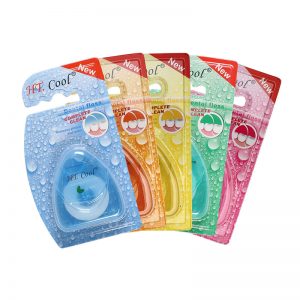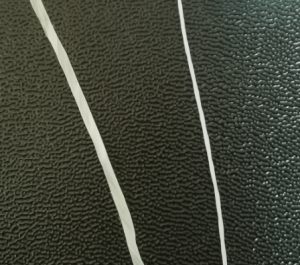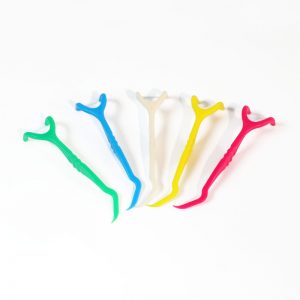Flossing can be challenging when your teeth are close together, but it’s still essential for maintaining good oral hygiene and preventing issues like plaque buildup and gum disease. Here are some tips for effectively flossing when your teeth are close together:
Choosing the right floss is crucial.
Select Thin Floss:
Opt for thin or ultra-thin floss that can easily maneuver between closely spaced teeth. Thin floss is less likely to shred or get stuck between teeth, making it easier to use.
Choose Waxed Floss:
Waxed floss has a coating that helps it glide smoothly between teeth, even when they are tightly packed together. The waxed coating reduces friction, making it easier to floss without causing discomfort.
Consider Dental Tape:
Dental tape is wider and flatter than traditional floss, making it an excellent choice for people with tight spaces between their teeth. The flat shape of dental tape can effectively clean between closely spaced teeth without shredding.
Look for Shred-Resistant Floss:
Some floss products are specifically designed to be shred-resistant, which can be beneficial for people with tight teeth. Shred-resistant floss is less likely to fray or break during use, providing a more comfortable flossing experience.
Try Woven Floss:
Woven floss consists of multiple strands woven together, creating a stronger and more durable floss. The woven texture can help remove plaque and debris from between tightly spaced teeth more effectively.
Use Floss Picks or Interdental Brushes:
Floss picks or interdental brushes can be convenient alternatives for cleaning between tight spaces. These tools have a handle and a small head with floss or bristles that can reach between teeth more easily.
Consider Floss Threaders:
Floss threaders are thin, flexible tools that can help guide floss between teeth, especially if you have dental work like braces or bridges. Thread the floss through the loop of the threader, then insert the threader between teeth and pull the floss through.
Use a Water Flosser:
A water flosser, also known as an oral irrigator, uses a stream of water to clean between teeth and along the gumline. This can be an effective option for people with tightly spaced teeth or those who find traditional flossing difficult.
By considering these factors and experimenting with different types of floss, you can find the most suitable option for effectively cleaning between your closely spaced teeth.
Be Gentle:
Use a gentle back-and-forth motion to ease the floss between teeth. Avoid snapping or forcing the floss, as this can cause discomfort or injury to the gums.
Use a Sawing Motion:
If the floss gets stuck between teeth, use a sawing motion to gently work it back and forth until it slides through. Take your time and be patient.
Practice Regularly:
Consistency is key to effective flossing. Make it a habit to floss at least once a day, preferably before brushing your teeth at bedtime.
Consult Your Dentist:
If you’re having difficulty flossing due to tight spaces or other reasons, don’t hesitate to ask your dentist or dental hygienist for guidance. They can provide personalized tips and techniques to make flossing easier and more effective for your specific situation.
Remember that proper flossing is essential for maintaining optimal oral health, so it’s worth investing time and effort into finding a technique that works for you, even if your teeth are close together.




